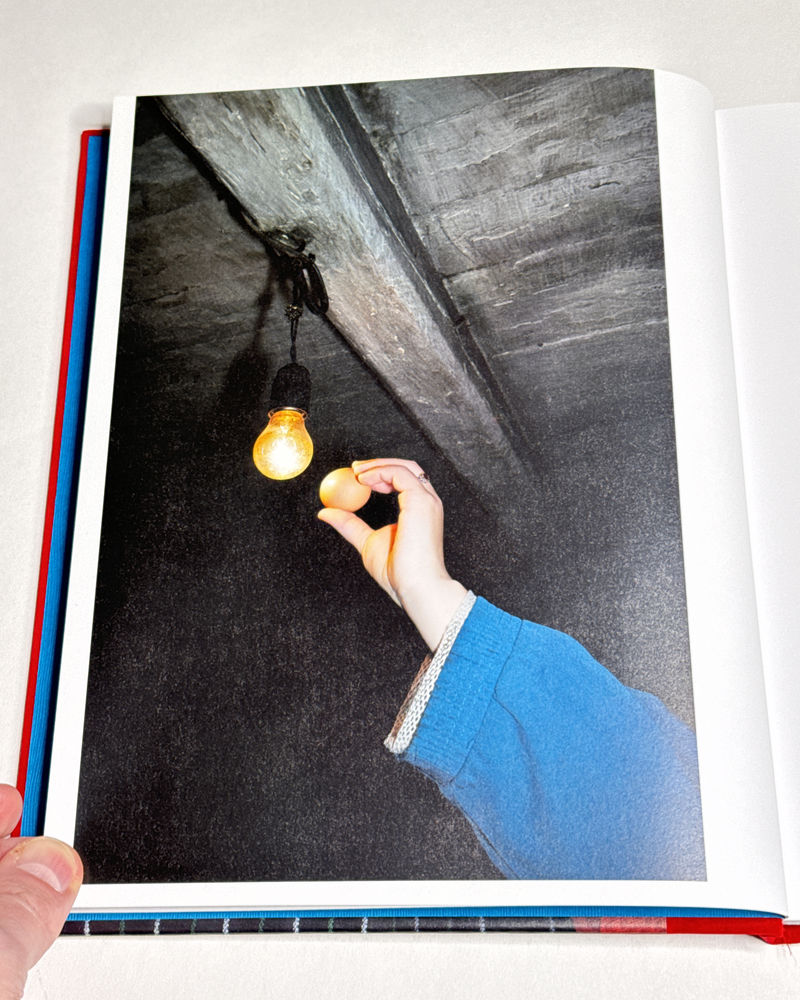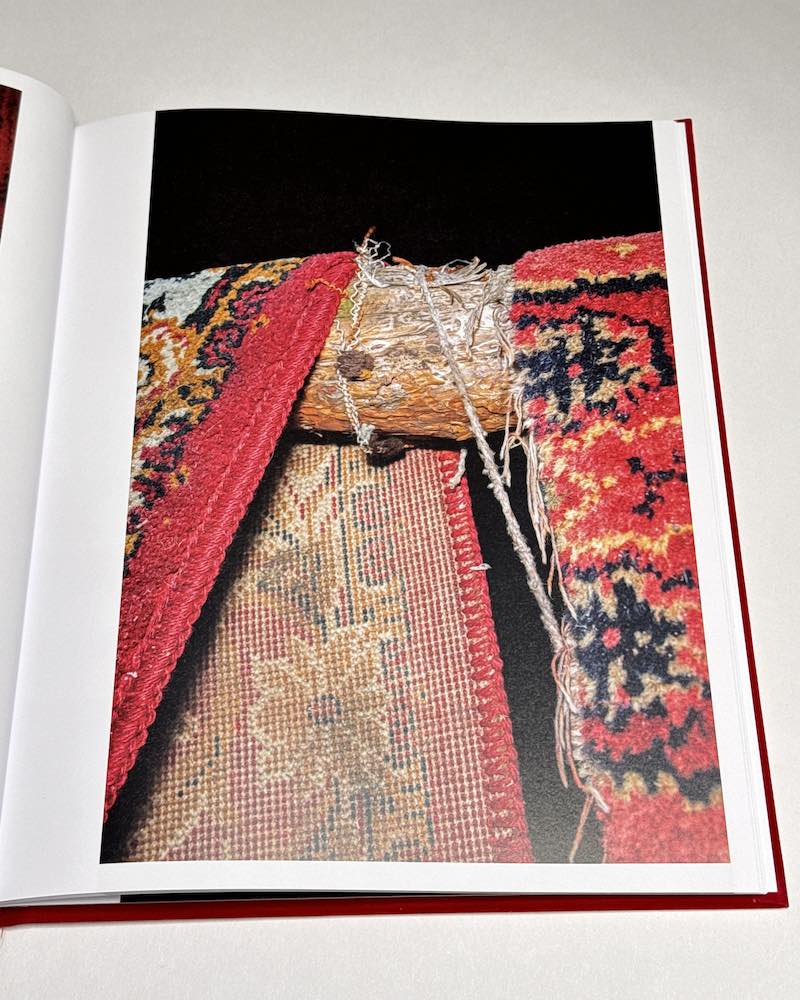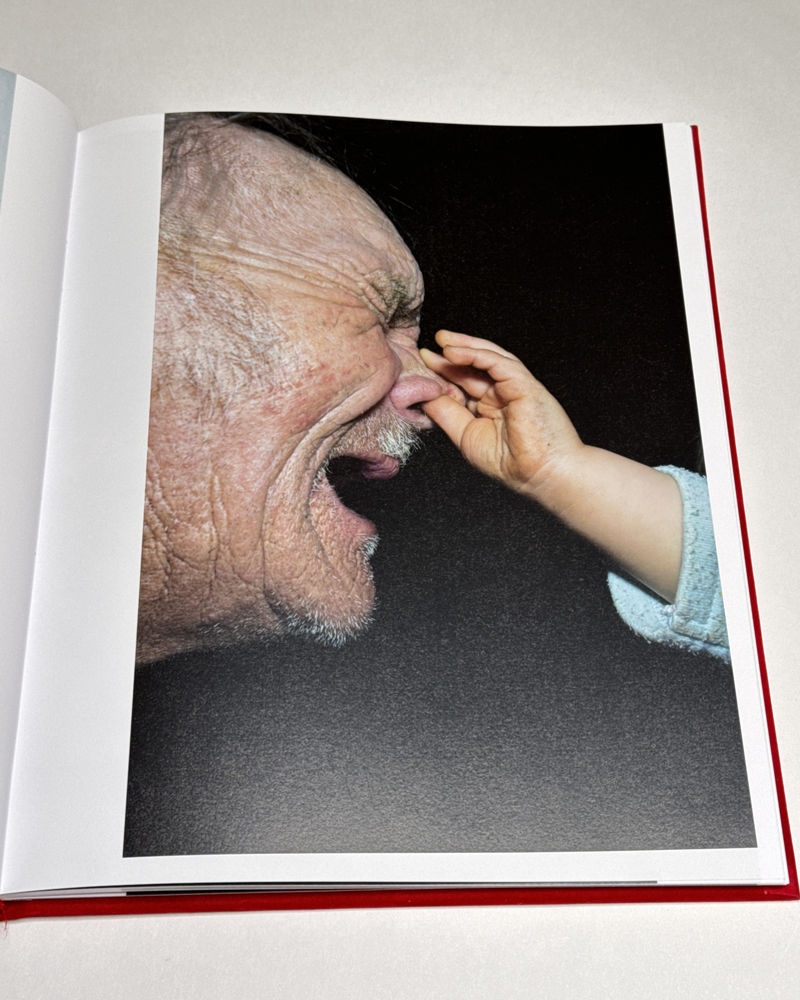Every once in a while, a reminder is overdue that photography does best what, well, it does best. It’s shocking to see how often photographers feel the need to dress up their wares by comparing their pictures with other media (“painterly”, “poetic”, …). Ignoring the question which paintings they actually refer to — Titian’s, Rothko’s? — or what exactly “poetic” is supposed to mean, it’s weird to observe a medium that is as insecure about itself as photography frequently is.
This is not even to say that photography only does one thing. If you wanted to summarize painting, you would have to describe it as people attaching pigments to surfaces in order to try to get at that medium’s sheer wealth of expression. The same is true for photography: it’s people creating what look like opto-mechanical images that might or might not have been created with the help of a lens.
But there are some things photography is simply especially well suited for. This includes the capture of fragments of life in very short moments of time, an activity that freezes those moments, and those caught in them, forever. For Henri Cartier-Bresson, this approached formed photography’s truest expression, and it has remained with us as the so-called decisive moment.

The problem with that concept — as with any other concept in photography — is that it’s one thing to satisfy the criteria. But it’s quite another to do it in such a fashion that the outcome is more than merely an exercise. In other words, the decisive moment will not give you great pictures. As you see in Cartier-Bresson’s work, it will mostly give you good pictures.
What is usually missing from discussions of the decisive moment is the fact that art does not derive from the application of opto-mechanical principles alone. For true art to arise, the person pressing the shutter button will have to bring something unquantifiable to it, something that cannot be summarized with a few words. The viewer’s wonder, in other words, is not contingent on the application of a formula.
Instead, photographs can only communicate passion, wit, and/or excitement if the person behind the camera is equipped with passion, wit, and/or excitement — possibly the decisive moment be damned (just look at John Baldessari’s photography to get an idea what I’m talking about).

Ever since I first saw Ela Polkowska‘s Splinter, I had been waiting for the book, which now has been published. Ela is one of those photographers who somehow managed to carve out her own little, easy recognizable niche. You’ll simply recognize one her pictures immediately the moment you see it. To describe only the technique — the compositions, the use of flash — would not get at the wit communicated by them.
In a number of places on the internet, Splinter is described as being “a story of people living in continuous disorder” (for example here). I get it, we all have to succinctly describe our pictures somehow so that curators can file things away in their mental filing cabinets. But honestly (and I don’t mean to offend whoever came up with that description), if you forget all about the words and simply enjoy the photographs, you’re going to be in a much better position.
While there is a vaguely Eastern European feel to some of the environs Ela photographed in (this might not be surprising, given that the photographer who now resides in Sweden originally is from Poland), what you’re looking at is less the story of some people as these visual gems she unearthed with her camera. It is as if this photographer were to tell us that good pictures can be found everywhere: you just have to pay enough attention.

Many of Ela’s pictures work so well because they squeeze that one thing so tightly into their frames. In this photographer’s vision, a sandwich that was made with hyperprocessed meat with what might or might not be ketchup added and that’s sitting on a surface that has not been cleaned in a million years turns into a good picture because the sandwich gets so much focus. There really only is the sandwich in all of its “glory”, a disgusting sight for anyone who has even only a remote awareness of healthy food. But it’s a really good picture because that’s all you’re getting as the viewer (thankfully, you won’t have to digest the sandwich itself).
In general, there is an intriguing simplicity that governs these pictures. Simplicity, of course, is good. Anyone can try to make a really complicated photograph; but have you ever tried to make a really simple picture and do it well?
Splinter is suffused with a really charming sense of playfulness. Crucially, at no stage of looking through the book do you feel as if the photographer were making fun of the people in front of her camera. If anything, everybody appears to be in on the joke, even if there might never have been a discussion around what might be going on once the camera enters the game.

There is no snark (or any of the other nasty sentiments) that so often pop up when photographers bring their cameras to people and places where a viewer might infer a difference in class and/or economic well being. I find that particular aspect of the work especially welcome.
However, what really sets Splinter apart from so much other work made today is the fact that for me as a viewer, there is a visceral experience when I look at the pictures. I can feel the pinch in the old man’s nose by the child’s hand. I smell the animals, and I feel the warmth of the light on my skin.
Recommended.
Splinter; photographs by Ela Polkowska; 68 pages; Blackbook Publications; 2024
If you enjoyed this article, please consider subscribing to my Patreon. There, you will find exclusive articles, videos, and audio guides about the world of the photobook and more. For those curious, there now is the possibility of a trial membership for seven days.
Much like journalism, photography criticism involves a huge investment of time and resources. When you become a subscriber, you not only get access to more of my work. You will also help me produce it (including the free content on this site).
Thank you for your support!
